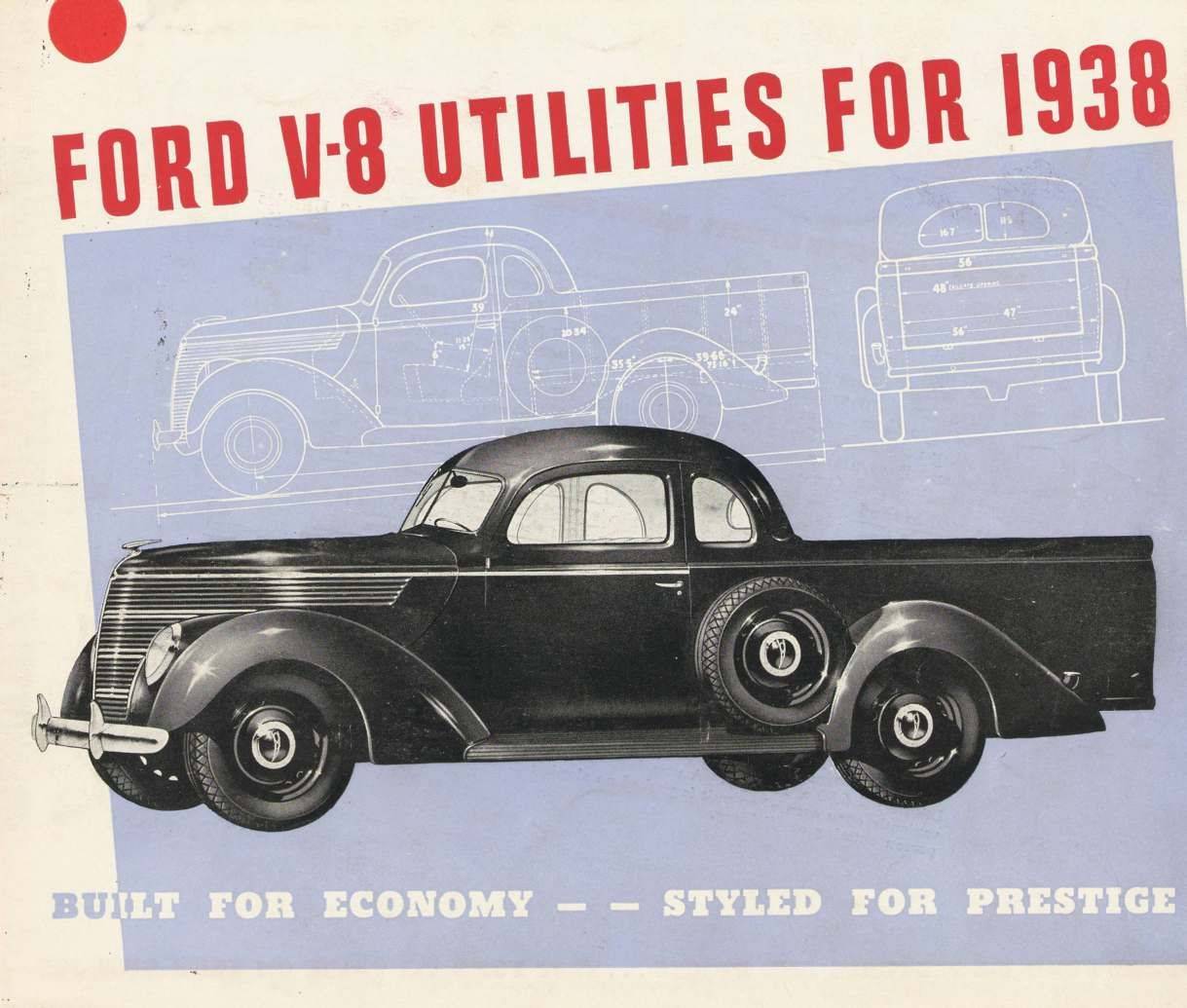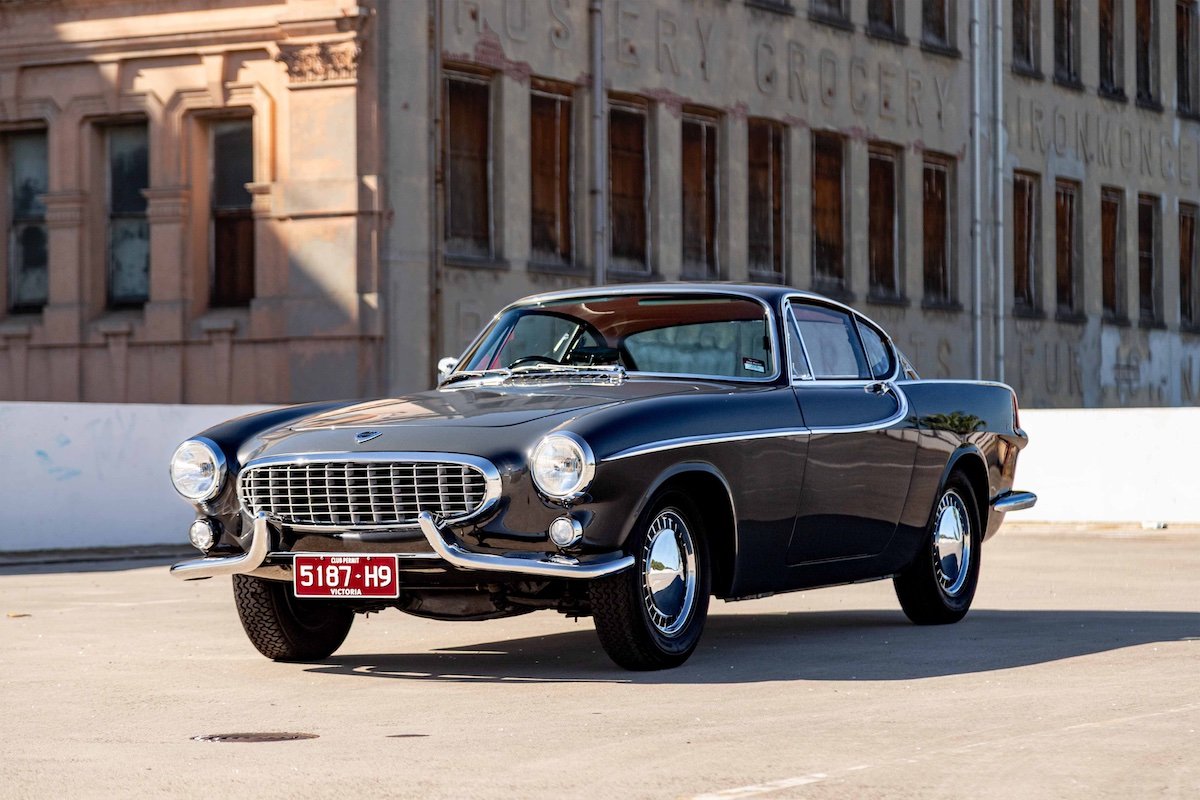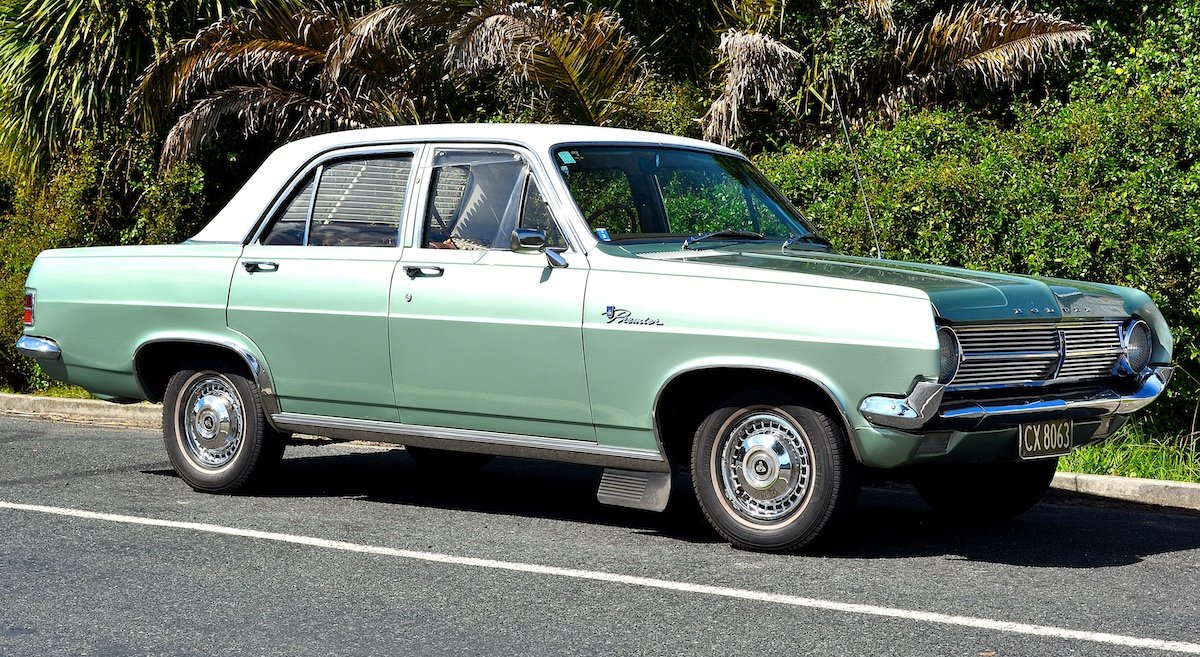Top Tips for Buying a Used Holden Commodore VT-VX
Glenn Torrens•9 May, 2024

Holden Commodore SS VT - Image Holden
Top tech tips on how to avoid buying a bucket with emerging club-plate classics the Holden VT-VX Series Commodores.
From 1997 to 2002, the VT to VX Series Holden Commodores and their HSV equivalent were part of the fabric of Australian society. These cars offered something for everyone, from plain-white airport rental hacks, to police patrol cars, to comfy family sedans, and on to the rip-snorting 300kW street stormers turned out by HSV.
In many ways, and to many enthusiasts, this era was ‘peak Aussie car,’ perfectly encapsulating what family and performance motoring was all about. In good news for enthusiasts, this generation of Commodore is also now Club-plate eligible in some states and territories, placing it firmly on the radar of modern classic car buyers.
With that in mind, here’s our handy Retro Rides buyers’ guide on what to watch out for when considering a VT-VX Series Commodore.
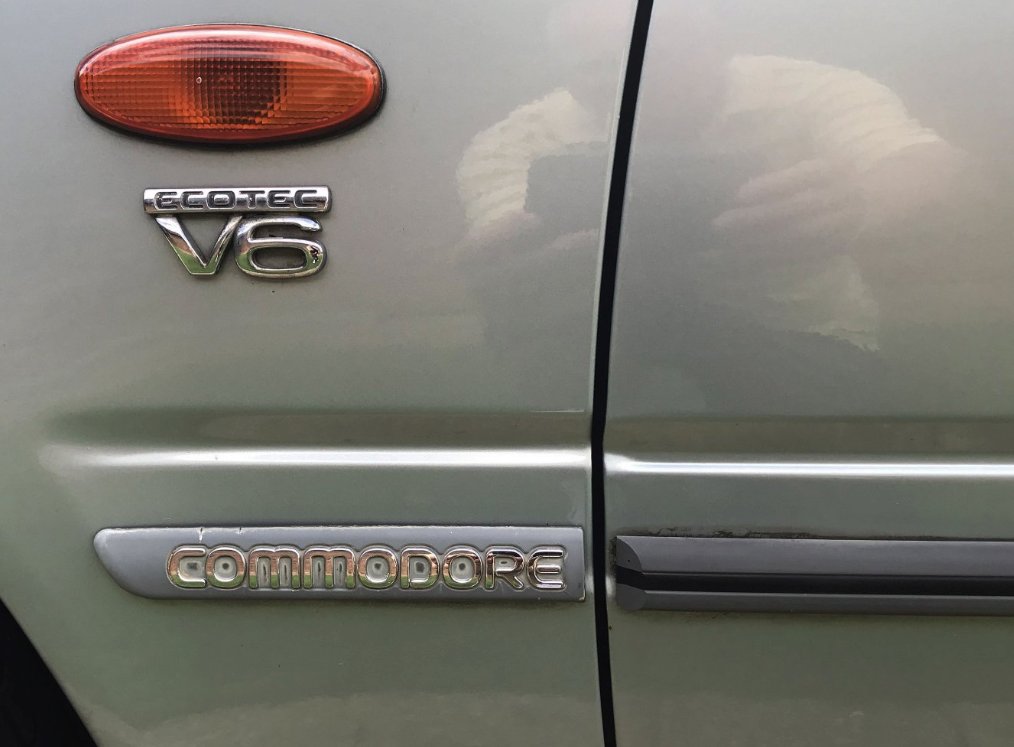
Image: Holden Forum
Mind the body gaps of VT to VX Series Commodores and watch out for paint defects.
Body gaps should be tight-and-even with little variation as you move around the vehicle, with any differences suggesting possible body damage. Rattling doors can easily be fixed with a latch adjustment. Major rust can occur where the front chassis rails arc under the floor so it’s essential to lift the car to take a proper look. Front strut tower reinforcing boxes can also rust and can be inspected by removing the plastic splash guard. These models were the first Holdens to use plastic headlight lenses which can become dull and unsightly. A professional restoration or full aftermarket replacements can be had for a few hundred dollars. Twenty-plus years under the relentless Aussie sun can dull paint, so a mechanically sound car that is worth investing in may benefit from ‘top three’ (upper surfaces - bonnet, roof and boot) paint repair. New bumpers for these models are no longer available and good second-hand examples are hard to find, so it’s best to buy a tidy car rather than a fixer-upper.
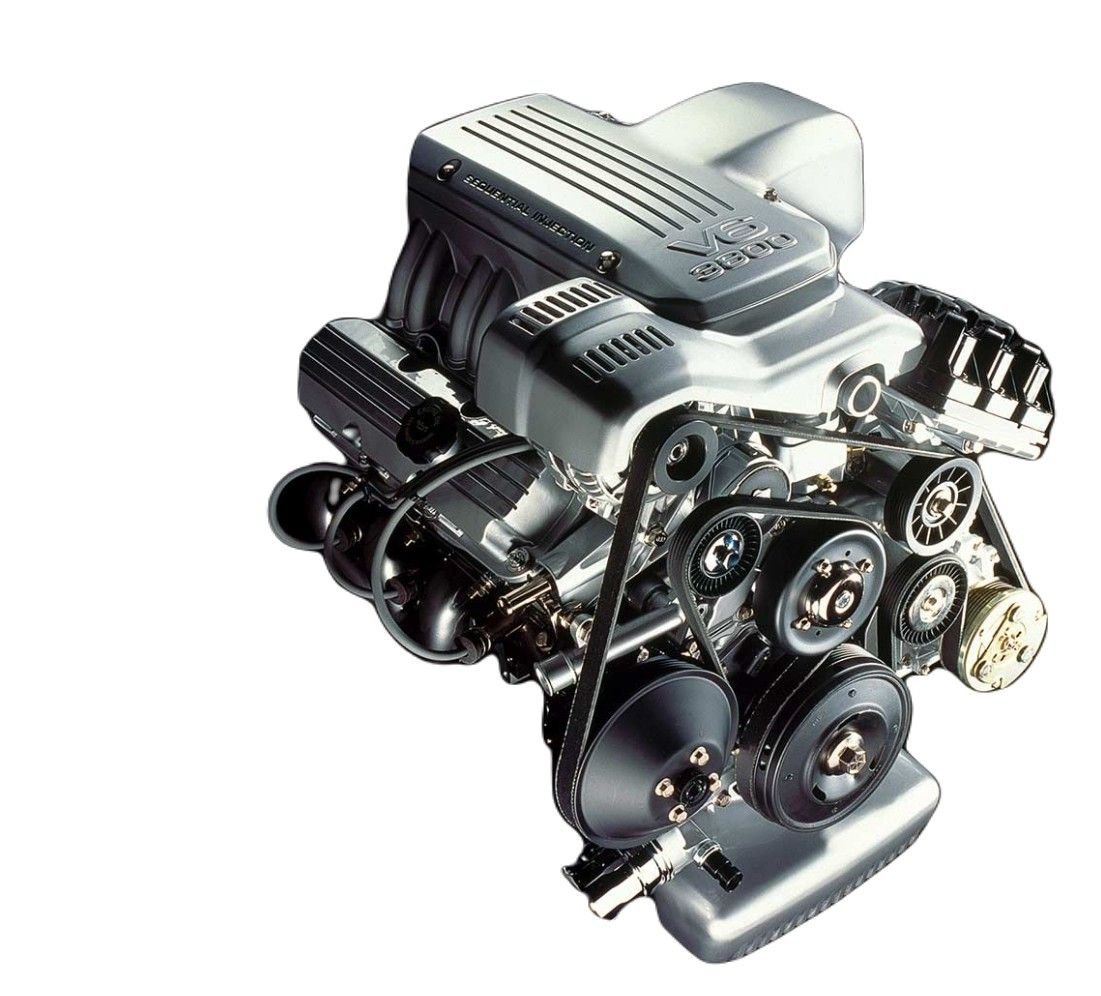
Image: Holden
Handy tips for troubleshooting Holden VT-VX engines and drivelines, from V6 to iron-block V8 and the all-alloy Gen III V8.
Holden’s Ecotec 3.8-litre V6 was impressively trouble free when new but corroded gaskets can allow oil and coolant to mix. Problems with the crank angle sensor, and important input for the EFI computer, can cause the engine to stall or refuse to start.
Holden’s Australian-made iron-block V8 was a durable and dependable unit and commonly exhibits a cold start tick-tick but this should disappear within seconds. If not, it could indicate major engine wear. Like the V6, the ignition module can fail on this engine causing stalling and starting problems.
Holden’s Canadian-sourced 5.7-litre LS1 V8 is much more widely available across this model series and much more of a reliability lottery than the 5.0-litre that appeared on early VT Commodores. Watch out for a slappy idle and lifter tick, especially on cars that have travelled 250,000km or more.
Both the 5.0-litre and the 5.7-litre Holden V8s were popular with performance enthusiasts and many have been modified. For collectors, it’s best to avoid drama by seeking out cars with all their original hardware intact, from air cleaner housing to exhaust.
The in-tank fuel pump is a known weakness of the VT-VX Commodores, regardless of engine type. These will often give up the ghost after 150,000km, so it’s best to be proactive and replace the pump as a precautionary measure to avoid being stranded.
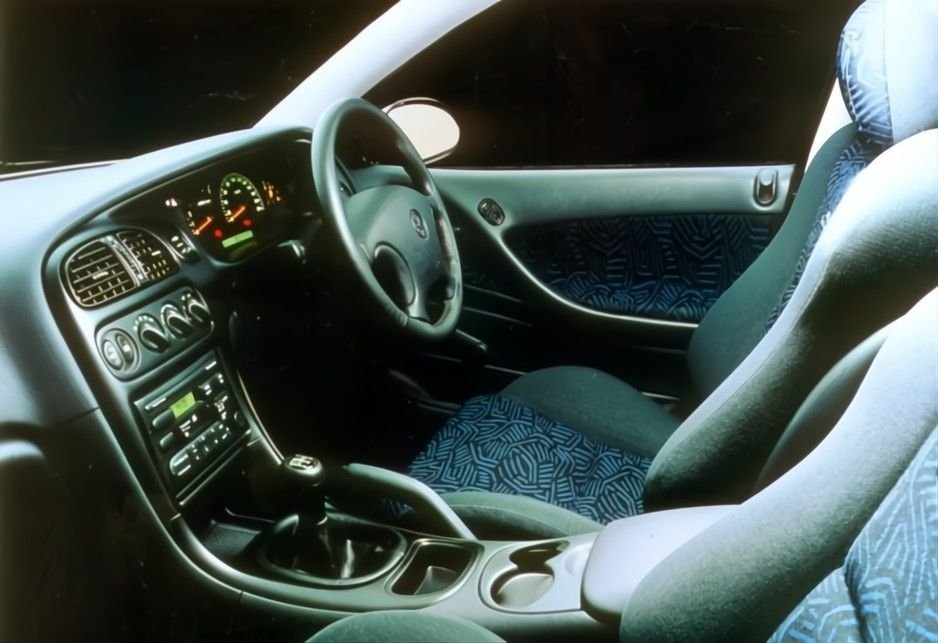
Image - Holden
Wear, tear, and defects to watch out for on the interior of VT to VX Series Commodores.
The VT-VX Commodore’s expansive one-piece dash/binnacle and gauges have proven to be long-lived, but the insert around the instruments and centre stack can become brittle. The moulded door cards are also durable but the seats don’t fare so well, with the glued-on fabric often delaminating. Fixes for this problem are challenging and we recommend steering clear of models with a tatty interior, or being prepared to employ the services of an experienced auto-trimmer. The in-dash cassette and CD player (where fitted) is quaint but likely to be no longer working in many examples. Consider replacing with a compatible unit that looks somewhat period-correct. The shift knob atop the auto transmission lever can come loose and is fiddly to fix, so take a close look at this area when test driving. The air-conditioning compressor for V8 models is no longer available and the vacuum airflow actuators beneath the dash can die, so check this when test driving and avoid cars where it’s not working. The plastic heater tap on V6 models has been known to dump its coolant all over the engine bay, so it’s worth replacing if not already done.
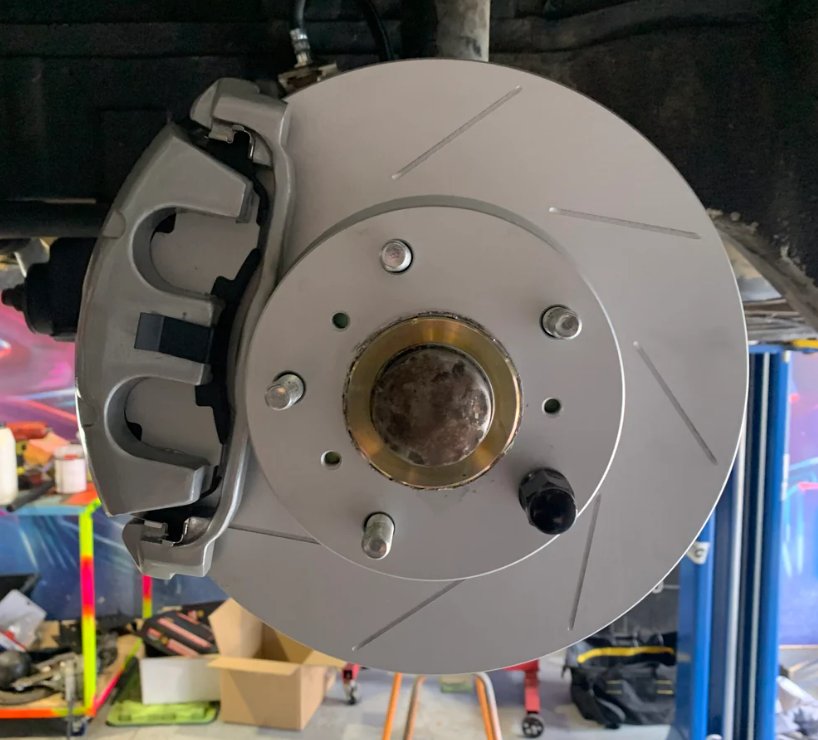
Image - Holden Forums
Suspension and brake issues to watch out for with Holden’s VT-VX Series Commodores.
The VT-VX Commodore’s rudimentary independent rear suspension can cause excess inner-edge wear on the rear tyres. This can be easily rectified with an aftermarket adjustable-bush-kit and many cars will already have had the fix. Damaged front sway bar links can clunk and tie-bar bushes can lead to steering wander, so have a good listen, test drive, and look underneath. Both are easy and relatively cheap repairs. Cars that have been abused or travelled especially high kilometres can suffer cracks in the front strut towers, which requires welding. Avoid cars that have been lowered as this tends to exacerbate some of the problems already mentioned. Except for HSV models, which require specific and expensive parts, the brakes on VT-VX Series Commodores are effective, durable and largely problem-free, aside from the usual need to replace pads and machine discs as required.
Retro Rides Presents : VT Commodore
Glenn Torrens

Get The Latest
Sign up for the latest in retro rides, from stories of restoration to community happenings.
 '1972â73 1-1024x675.jpg)


